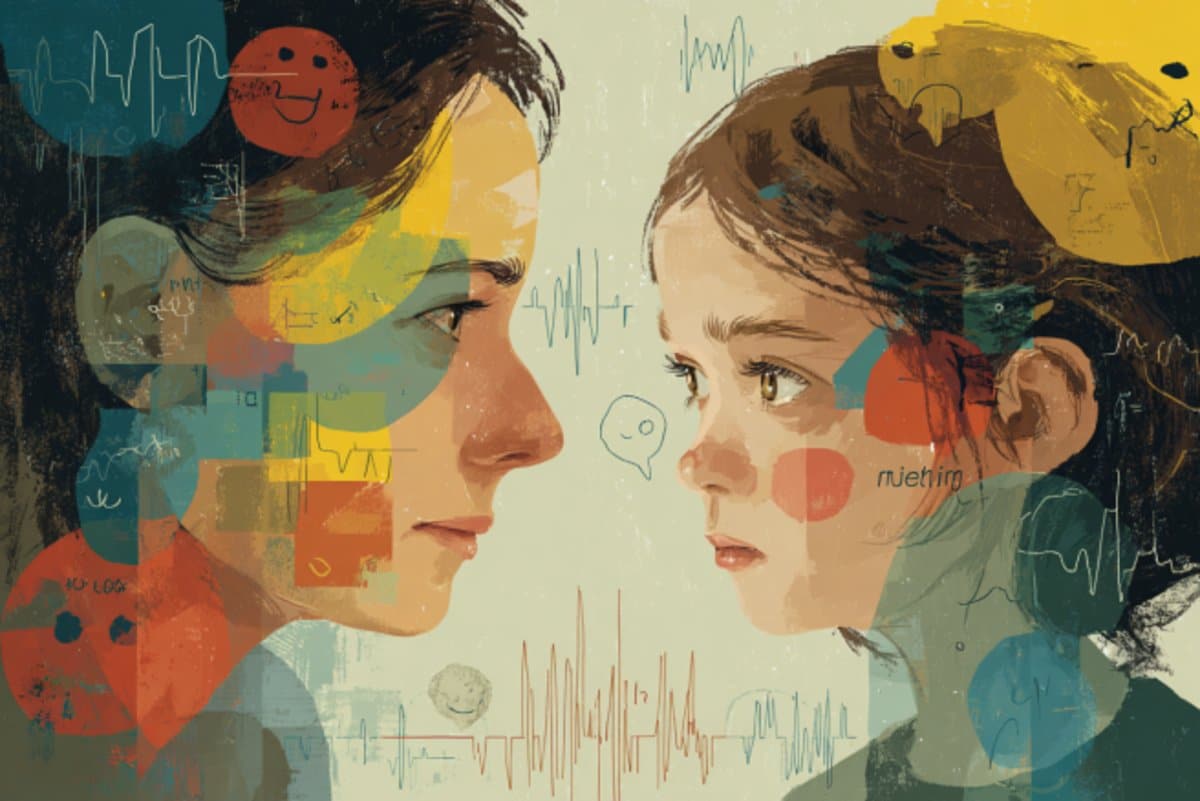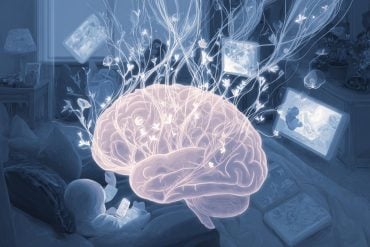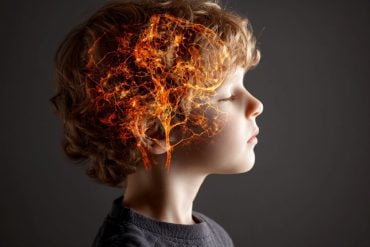Key Questions Answered
Q: Why do young children struggle to recognize adult emotions?
A: Young children rely heavily on facial perception and haven’t yet developed the conceptual knowledge needed to fully interpret emotional meaning.
Q: What changes as children grow older?
A: Older children show a cognitive shift, relying more on learned emotional associations and complex mental models rather than instinctive facial cues.
Q: What are the broader implications?
A: This research could inform emotional education and targeted interventions by pinpointing when and how emotional understanding evolves in childhood.
Summary: A new study reveals that children’s ability to understand emotions develops through a cognitive shift between ages 5 and 10. While younger kids perceive emotional expressions instinctively through visual cues, older children increasingly depend on conceptual knowledge to grasp emotional nuance.
EEG, word tasks, and behavioral experiments showed that while perception remains stable, emotional complexity and categorization deepen with age. This progression from “seeing” to “understanding” reflects how experience and learning shape emotional development.
Key Facts
- Stable Perception: Even 5-year-olds show neural recognition of basic facial emotions.
- Conceptual Growth: Older children associate emotions with nuanced language and categorize emotions with more precision.
- Developmental Shift: Emotion recognition moves from visual perception to conceptual understanding as children age.
Source: Peking University
Why do young children often miss the emotions behind adult expressions? A pioneering study led by researcher Xie Wanze from Peking University’s School of Psychological and Cognitive Sciences, in collaboration with professor Seth Pollak from the University of Wisconsin, reveals that the answer lies in a cognitive shift.
Published in Nature Communications, their research shows how children aged 5-10 transition from merely “seeing” facial expressions to deeply understanding emotions, relying less on instinct and more on learned insight.
Background: The Importance of Emotion Understanding
Interpreting emotions is crucial for social bonds, yet children often struggle to decode adult feelings. This process involves perceiving facial features and applying conceptual knowledge to grasp emotional meaning.
The study investigates how these cognitive mechanisms develop during childhood, filling a gap in understanding the developmental trajectory of emotion recognition.
Why it matters
As children grow, their ability to navigate complex social environments depends on a refined understanding of emotions. This research offers insights into how cognitive processes develop, with potential implications for education, parenting, and interventions for children facing social-emotional challenges.
Key findings
The study explored how children process emotions through three interconnected experiments, spanning neural activity, conceptual understanding, and behavior.
In the first experiment on perception, researchers used EEG frequency tagging to show that even five-year-old children could automatically differentiate between four core facial expressions — happiness, anger, fear, and sadness — through neural responses localized in the temporo-occipital region. This perceptual ability appeared stable across different age groups.
The second experiment examined conceptual knowledge through a word-similarity task, revealing that older children had more nuanced emotional associations, such as linking the word “crying” to multiple emotions, an indication of developing emotional complexity.
Lastly, in the behavioral study, children participated in sorting and matching tasks. Younger participants tended to categorize expressions in broad terms of positive versus negative. At the same time, older children displayed a more refined understanding by distinguishing between specific negative emotions like anger and fear.
Core Insight: A Cognitive Shift
To integrate these findings, the team used Representational Similarity Analysis (RSA) alongside Generalized Estimating Equations (GEE) to trace the cognitive dynamics underlying emotion understanding.
The results revealed a distinct developmental shift: younger children rely more heavily on perceptual cues, while older children increasingly depend on conceptual knowledge.
This progression from “seeing faces” to “understanding feelings” underscores how emotional development is shaped by experience, learning, and growing cognitive sophistication throughout childhood.
Future Implications
This research highlights the dynamic interplay between perception and conceptual knowledge in children’s emotional development, offering a foundation for designing age-appropriate educational and therapeutic strategies to enhance social-emotional skills.
About this emotion and neurodevelopment research news
Author: Jiang Zhang
Source: Peking University
Contact: Jiang Zhang – Peking University
Image: The image is credited to Neuroscience News
Original Research: Open access.
“Conceptual knowledge increasingly supports emotion understanding as perceptual contribution declines with age” by Xie Wanze et al. Nature Communications
Abstract
Conceptual knowledge increasingly supports emotion understanding as perceptual contribution declines with age
Human’s abilities to reason about what others may be feeling undergo prolonged development throughout childhood and adolescence, yet the mechanisms driving the emergence of these skills remain elusive.
This set of studies, conducted within the same sample of 5- to 10-year-old children, examines how spontaneous perceptual discrimination of facial configurations and activation of conceptual knowledge about emotions become integrated across development.
Perceptual discrimination is measured using an EEG frequency tagging paradigm (Study 1). Conceptual knowledge is evaluated with a conceptual similarity rating task (Study 2). Two behavioral tasks (sorting and matching) are employed to assess emotion understanding (Study 3).
Representational similarity analysis assesses the predictive effects of perceptual discrimination and conceptual knowledge on children’s behavioral judgments.
Here we show that while the ability to discriminate stereotypical facial configurations emerges by preschool age, its influence diminishes with age.
In contrast, children’s inferences about other people’s emotions come to rely more on conceptual knowledge with increasing age (and, presumably, social experience).








